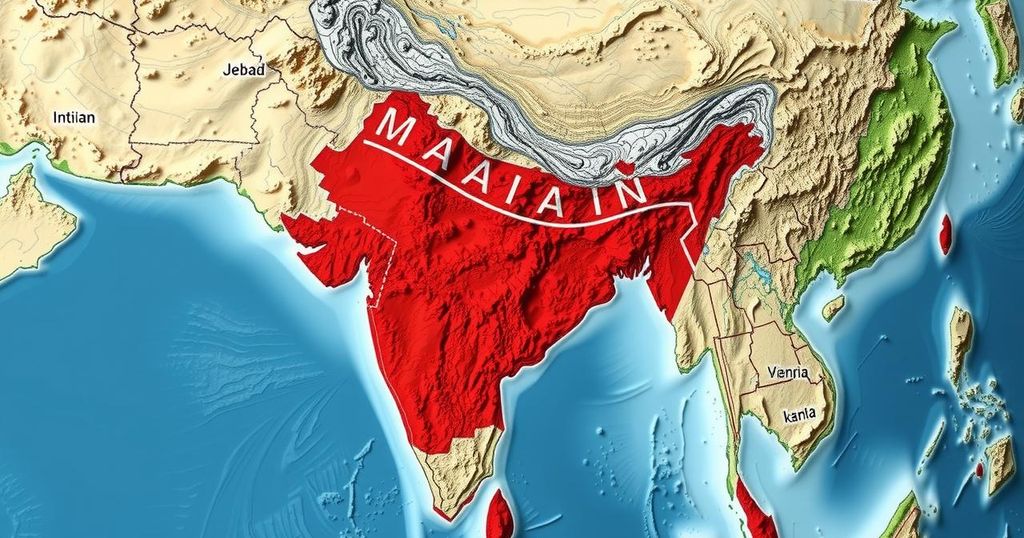India faces significant earthquake risks, ranking seventh globally with 58 major earthquakes recorded from 1990 to 2024. The recent 7.1 magnitude tremor affected northern India, recalling the 2015 Nepal disaster. China’s seismic struggles surpass those of Indonesia and India, reinforcing the pressing nature of earthquake preparedness in vulnerable regions.
On January 7, 2025, southern Tibet experienced a series of earthquakes, including a significant tremor that measured 7.1 in magnitude, affecting regions across northern India, particularly Bihar. This earthquake was the most powerful recorded in the area since the 2015 Nepal earthquake, which tragically resulted in approximately 10,000 deaths. Asian nations, especially China and Indonesia, remain highly susceptible to seismic activities, with Indonesia recorded as the most earthquake-prone country.
According to the National Oceanic and Atmospheric Administration (NOAA), from 1990 to early 2024, China experienced the highest number of major earthquakes, totaling 186 events that caused substantial damages and fatalities. Indonesia followed with 166 significant earthquakes, while India ranked seventh with 58 major seismic occurrences during the same period. The counts entail earthquakes that either resulted in damages exceeding $1 million, caused at least ten fatalities, or reached a magnitude of 7.5 or more.
India’s geographical setting places it within the convergence of various tectonic plates, significantly increasing its earthquake vulnerability. Reports indicate that approximately 59 percent of India’s land area faces potential risks from moderate to severe seismic events. The Himalayan region, in particular, poses a high risk for powerful earthquakes, with historical records revealing major quakes exceeding 8.0 magnitude over the last fifty years.
To maintain awareness and mitigate misinformation, it is crucial to engage with reliable journalistic sources and data concerning seismic activities globally, fostering informed decisions based on insightful reporting.
The recent earthquakes that struck southern Tibet, particularly the 7.1 magnitude tremor felt across northern India, highlight the ongoing seismic threats in the region. Earthquakes pose a significant challenge, especially in Asia, where countries like China and Indonesia have the highest occurrence of seismic events. With historical data suggesting extensive damages and loss of life from major earthquakes, it underscores the importance of understanding global vulnerabilities and regional risks related to seismic activity.
In conclusion, India is indeed among the countries that have faced considerable challenges from major earthquakes, ranking seventh globally with 58 significant seismic events recorded from 1990 to early 2024. The recent earthquake in Bihar emphasizes the importance of monitoring and preparedness given India’s geological vulnerabilities. Recognizing the severity of the situation can lead to enhanced safety measures and more effective management of the associated risks.
Original Source: indianexpress.com






